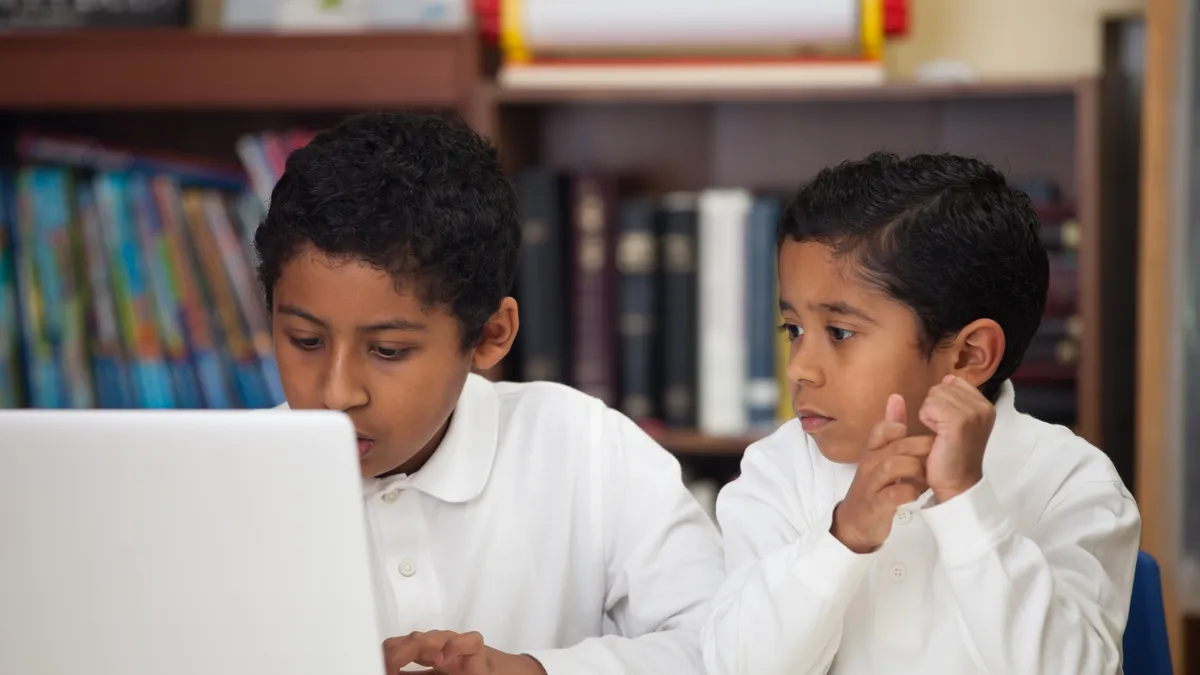Dive Brief:
- Middle school students in Georgia this year learned about the scientific principles of fire from some of the best experts — firefighters, wrote District Administration.
- Firefighters used candles and lighters to show students in science, technology, engineering and mathematics (STEM) classes in the Cobb County School District how to discern whether a fire was started by accident or arson. The firefighters also talked to the students about the jobs they can pursue within the firefighting field, noting that the occupation entails more than just dousing flames with water.
- The local fire department paid for off-duty firefighters to teach the lessons with science teachers at 11 schools.
Dive Insight:
Educators and curriculum designers know the value of hands-on demonstrations in STEM subjects. When students can participate directly in experiments, and experience real-world learning, their engagement peaks.
Bringing firefighters in for a career day can enlighten students about the field in general. But giving learners a chance to understand firsthand the science of how firefighting works can open the door further to other STEM careers and science interests. Metro Nashville Public Schools, for example, invited the Nashville Fire Department to show 5th-graders how to identify different chemical reactions and properties.
Not every school or district has the opportunity to have its local firefighters visit and provide demonstrations, but there are also online STEM opportunities available for students. Common Sense Education has compiled a catalog of online resources that allow students a view into how field scientists work. One resource is Zooniverse, which includes projects studying mammals and the landscape to potentially improve conservation in the Lopé National Park in Gabon. Another is Project Noah, where professionals in the field as well as students can share images and data from wildlife they’ve observed.












